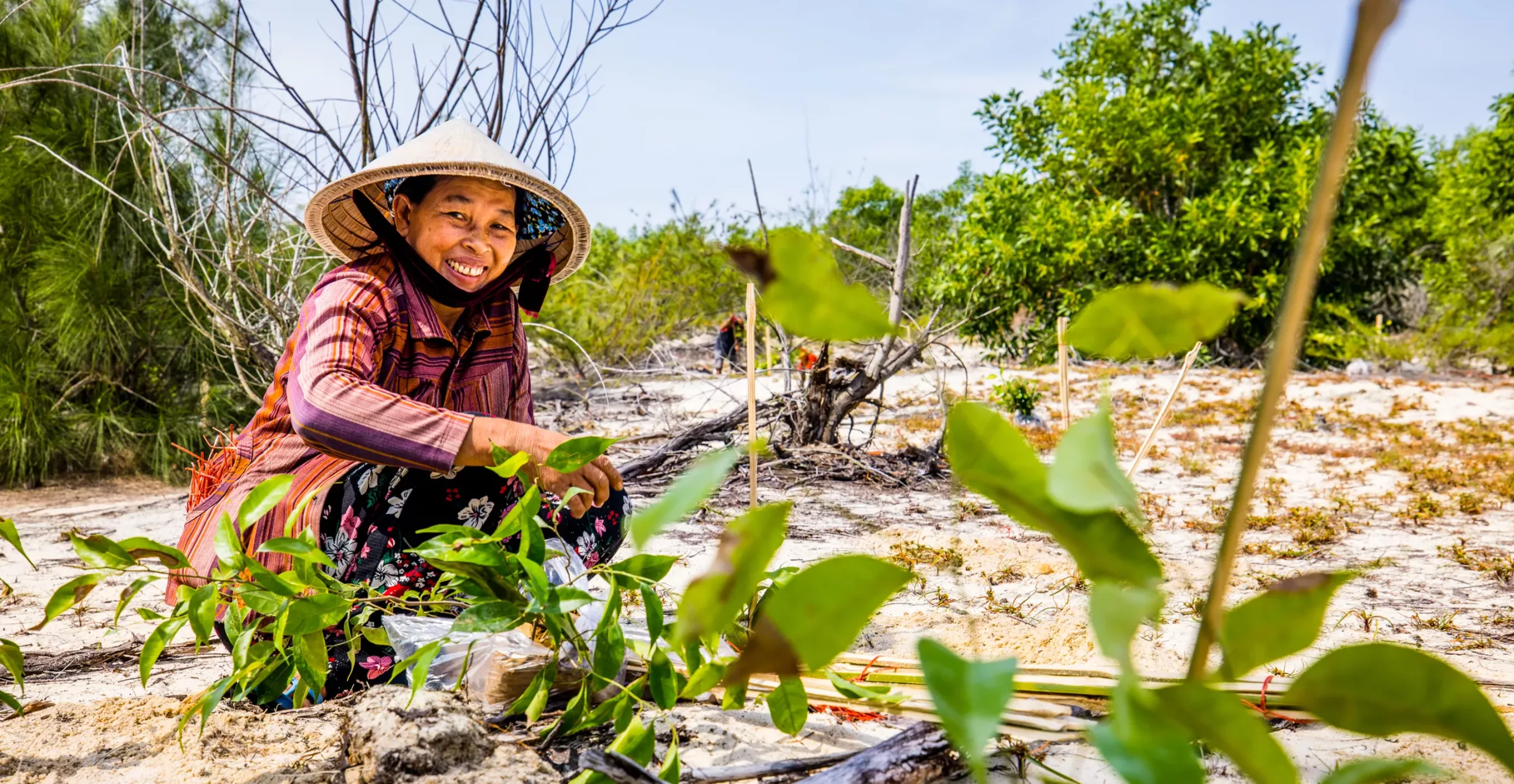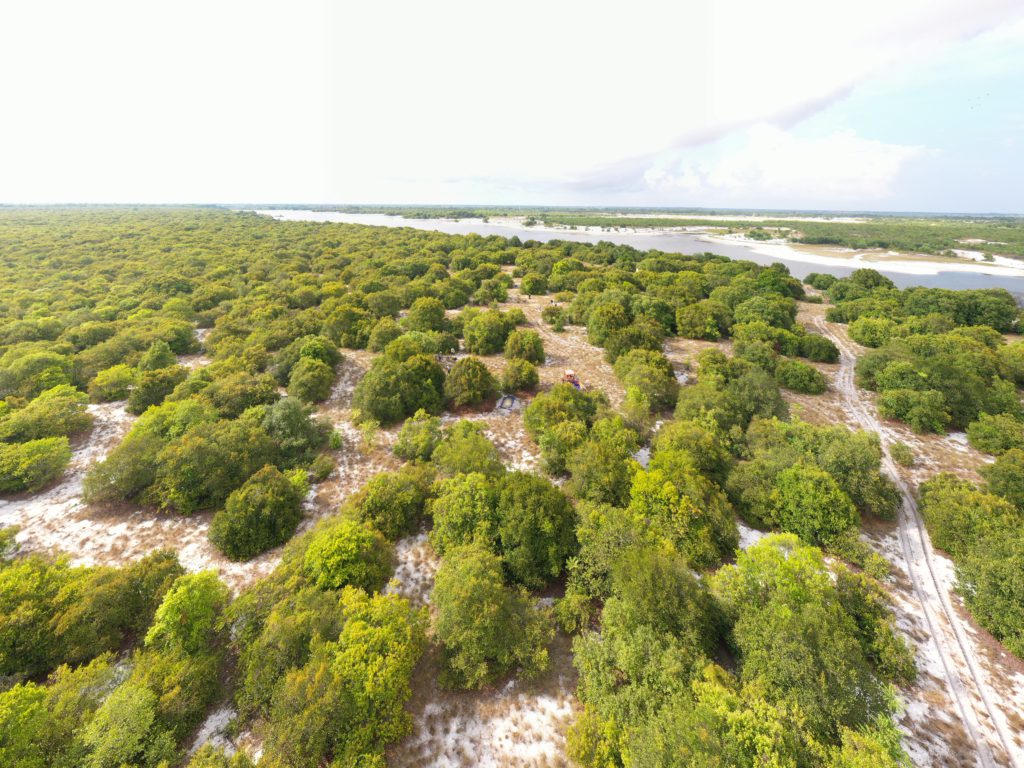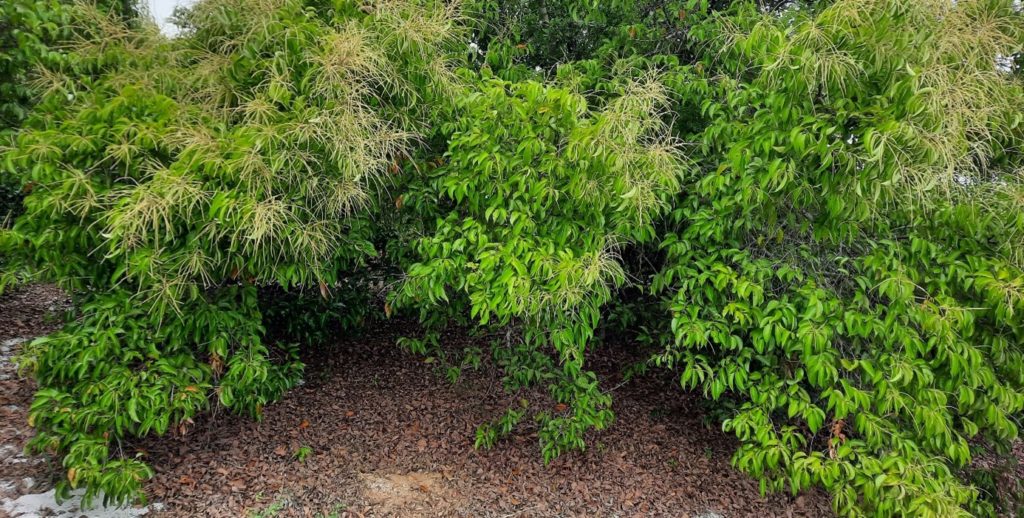Vietnam
Trees for All is committed to restoring dune forests along the coast of Central Vietnam. In this way, we protect the region from extreme weather and prevent the extinction of endangered tree species.

Trees for All is committed to restoring dune forests along the coast of Central Vietnam. In this way, we protect the region from extreme weather and prevent the extinction of endangered tree species.
trees being planted
hectares of heavily degraded dunes
planting period

Many dune forests in Central Vietnam have disappeared due to logging. Together with our local partners in Vietnam, we are restoring these forests for 3 important reasons.
Dune forests are a crucial type of ecosystem. Their roots reduce the force of wind and water, and holding the soil and sand together. In this way, they naturally protect the coastal region from erosion and extreme weather, such as typhoons, floods or sandstorms.
This is extremely important in Central Vietnam. Due the combination of deforestation and climate change, living conditions here are increasingly challenging. Typhoons, for instance, occur more frequently than before. While temperatures can reach over 40°C in the dry season, the region experiences tropical showers and floods in the rainy season. Restoring dune forests helps to make the coastal region more resilient to such extreme conditions.
The disappearance of dune forests means many tree species in Vietnam are threatened with extinction. The poor sandy soils also make it difficult for nature to recover on its own.
In addition, in recent years many exotic tree species like acacia and casuarina have been planted. These species aren’t native to the dune area. They struggle to survive in sandy soils, and provide little value for local biodiversity as they attract few plants and animals.
That is why we focus on restoring dune forests by planting native tree species that naturally belong in this coastal region. This approach strengthens biodiversity and prevents original tree and shrub species from going extinct. Take the Lithocarpus concentricus, for example. Once listed as “possibly extinct” on the IUCN Red List, this specie is now being replanted extensively in the region thanks to our project!
From left to right: Lithocarpus concentricus and Melaleuca cajuputi, characteristic tree spiecies of Vietnam’s dune forests. Photos: Ho Ngoc Anh Tuan
Planting a tree is the first step, but more important is to ensure that the forest is preserved for future. This is why we plant native tree species with economic added value for the local population. A good example of this is the Melaleuca cajuputi, a tree that totally belongs in this region. Its leaves are used to produce essential oils, which are widely used as medicine in Vietnam.
Furthermore, local communities help with collecting tree seeds, planting, and monitoring and maintaining the young trees. In short, this project also creates additional work and income for the local people.
The dune forest restoration is taking place in Phong Binh, Central Vietnam. The planting locations belong to a protected area where remnants of the original dune forest still exist. The new forest strengthen this existing forest and encourages natural regeneration.
We restore the dune forests together with Unique land use and HUSTA , an academic research institute. Both organizations have many experience in the region and good relations with Vietnamese authorities and local forest management organisations.
Unique and HUSTA set up a project team to train local communities in planting and managing dune forests. Planting trees on sandy soils is challenging and requires the right approach. Therefore, project staff hydrogel to planting holes that retain extra moisture. They also cover the newly planted trees with mulch; a type of compost that prevents dehydration. Good for the trees’ growth!
Finally, HUSTA assists the local community in monitoring the project, using apps to track the trees’ growth and development.
Who? Well, a typical tree native to Vietnam’s dune forests. This specie was listed as “possibly extinct” on the IUCN Red List of endangered species. Nevertheless, a few specimens were still discovered to be growing in our project area. A project team now collects the seeds from these “mother trees” and cultivates them into seedlings at a local nursery. These seedlings are then planted in the project area to prevent the species from disappearing here forever. By doing so, we enhance natural regeneration, whereby the Lithocarpus concentricus starts growing again on its own in the project area.
